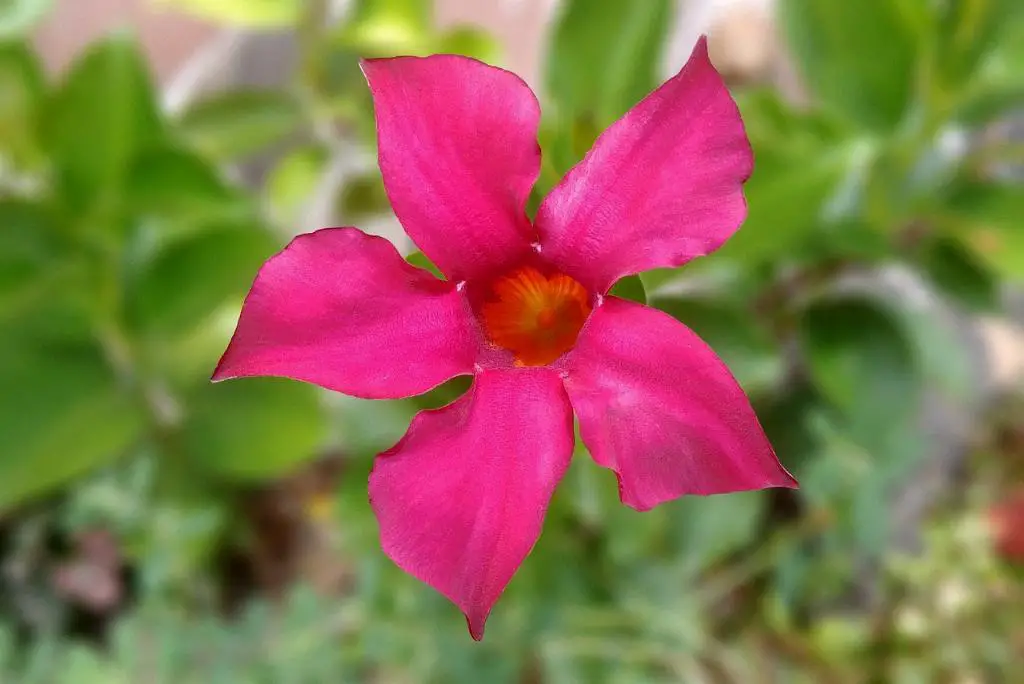Mandevilla plants are known for their stunning, trumpet-shaped flowers that can add a pop of color and elegance to any garden or indoor space. However, if your Mandevilla is not blooming as expected, it can be frustrating. In this article, we will explore the common reasons why your Mandevilla may not be blooming and provide you with practical care tips to encourage blooming.
Common Reasons for Mandevilla Not Blooming
One of the primary reasons why your Mandevilla may not be blooming is insufficient sunlight exposure. Mandevilla plants require at least six hours of bright, indirect sunlight to thrive and produce flowers. If your plant is not receiving enough sunlight, it may struggle to bloom.
Improper watering practices can also hinder blooming in Mandevilla plants. Overwatering or underwatering can stress the plant and affect its ability to produce flowers. It is essential to water your Mandevilla consistently, allowing the top inch of soil to dry out between waterings.
Another factor that can prevent blooming is the lack of proper fertilization. Mandevilla plants are heavy feeders and require regular fertilization during the growing season to support flower production. Using a balanced fertilizer formulated for flowering plants can help stimulate blooming in your Mandevilla.
Specific Care Tips to Encourage Blooming
To encourage blooming in your Mandevilla, ensure that the plant receives adequate sunlight levels. Place your Mandevilla in a location that receives at least six hours of bright, indirect sunlight each day to promote flower production.
When watering your Mandevilla, aim to keep the soil consistently moist but not waterlogged. Water the plant thoroughly, allowing excess water to drain out of the bottom of the pot to prevent waterlogging, which can lead to root rot and blooming issues.
Choose a suitable fertilizer for flowering plants and apply it according to the manufacturer’s instructions. Fertilizing your Mandevilla regularly during the growing season can provide the nutrients necessary for healthy growth and abundant blooms.
Additional Factors Affecting Blooming
Aside from sunlight, water, and fertilization, other factors can impact the blooming of your Mandevilla. Temperature requirements play a crucial role in flower production, with Mandevilla plants preferring warm temperatures above 60°F (15°C) to thrive and bloom.
Proper pest control and disease prevention are essential for maintaining the health of your Mandevilla plant. Insects and diseases can stress the plant and affect its ability to bloom, so monitor your plant regularly and take action at the first sign of pests or disease.
Lastly, pruning techniques can influence blooming in Mandevilla plants. Trimming back the plant to remove leggy growth and encourage new growth can promote flower production. Prune your Mandevilla in early spring to shape the plant and stimulate blooming.

Conclusion
In conclusion, if your Mandevilla is not blooming, there are several factors to consider, including sunlight exposure, watering practices, and fertilization. By ensuring that your plant receives adequate sunlight, proper watering, and appropriate fertilization, you can encourage blooming and enjoy the beautiful flowers of your Mandevilla plant. Implement the care tips provided in this article to resolve blooming issues and promote the healthy growth of your Mandevilla.
